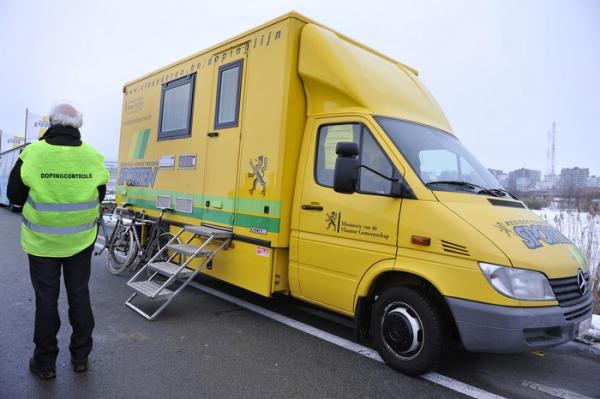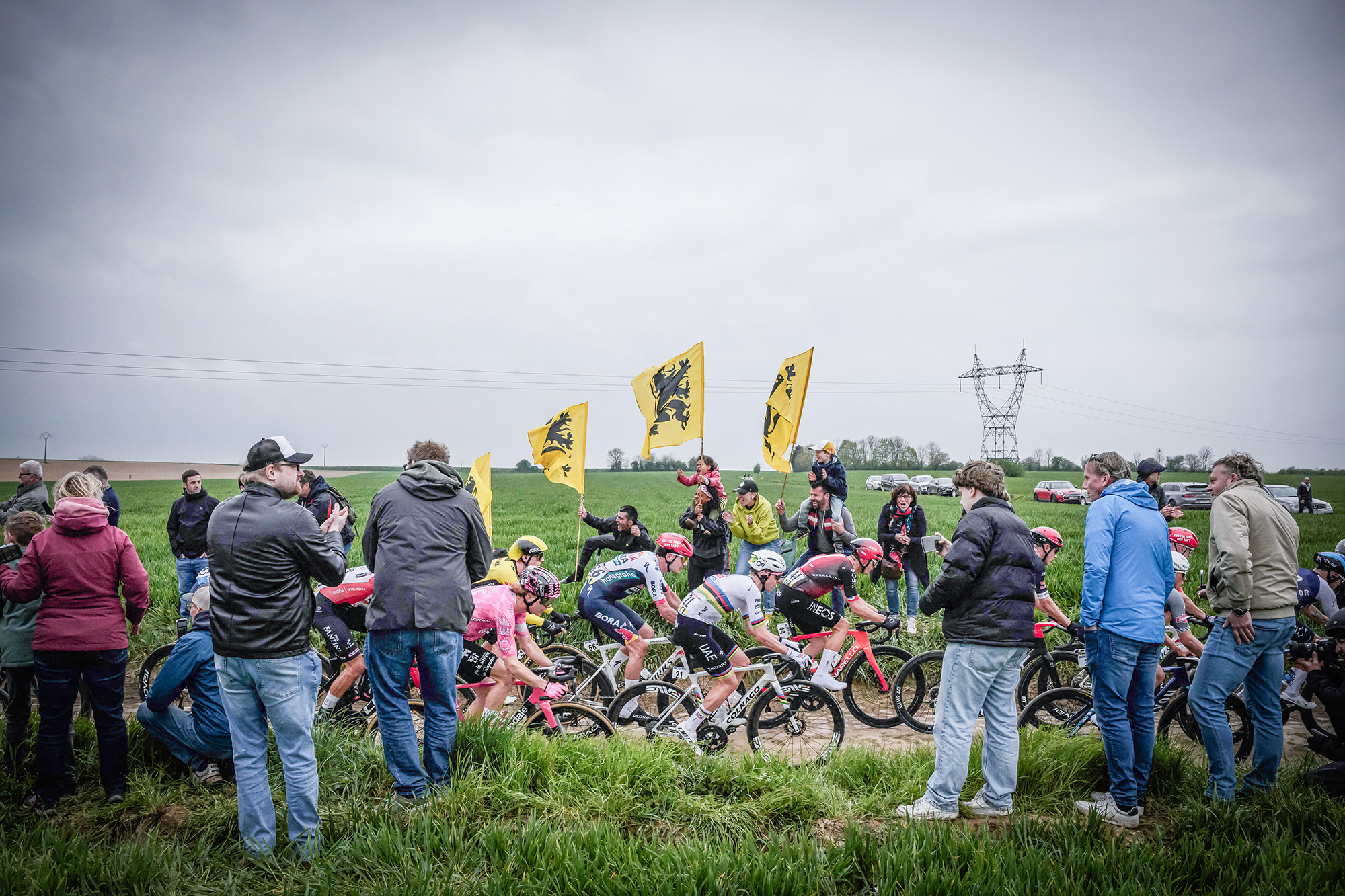WADA issues report on UCI's Tour de France doping controls
Independent observers find suspect riders not tested enough

The World Anti-Doping Agency today issued the Independent Observers report from the Tour de France, describing the UCI's anti-doping control programme as "of good quality", matched by few systems delivered by international federations.
Before the 2010 Tour de France, WADA refused the French Anti-doping Agency (AFLD) permission to conduct additional testing at the Tour de France, but sent its Independent Observers (IO) to the Tour due to the conflict between the UCI and AFLD over additional testing. WADA acknowledged that the AFLD had access to intelligence gathered from French police and customs agents which helped pinpoint riders who should be subjected to additional testing.
It reached a compromise by agreeing to receive the request from AFLD, analyze the intelligence, and order additional testing by the UCI based on the information "if deemed appropriate". The provision was used nine times during the Tour, and resulted in 33 "missions" to collect blood and urine samples from riders.
Yet even with targeted controls based on AFLD and UCI recommendations, only one "adverse analytical finding" was issued, that of Tour winner Alberto Contador for the stimulant Clenbuterol.
Along with resolving the conflict between the UCI and AFLD, the report gives 57 recommendations for improving the UCI's anti-doping control programme at the Tour, and provides an enlightening view into the difficulties of executing doping controls at an event of the scale of the Tour de France.
Doping control officers had to endure the insults of grouchy riders who were woken up for early morning testing, travelled some 8000km and sometimes worked 18 hour days to execute the programme, and even still there were key deficiencies pointed out by the IO report.
The most glaring observation was that despite collecting 540 samples during the race, only 15% of the controls were unannounced, and some of the most suspicious riders and those with "significantly improved performances" were hardly tested at all.
The latest race content, interviews, features, reviews and expert buying guides, direct to your inbox!
Even the unannounced controls were preceded by doping control officers marching into team hotels, clearly identified as doping control officers, allowing riders and team staff to be aware of their presence.
While the UCI employed its Biological Passport programme to target riders for testing, the report states that there were a number of athletes classified as having suspicious profiles who were tested "on surprisingly few occasions".
Among WADA's recommendations is for the UCI to "take the next step in designing and executing a testing strategy that is radically different to those executed in the past". It wants the organization to use the intelligence it has to do more targeted testing for banned drugs and perform testing "in less acceptable hours" to catch riders using drugs that have a short window of detection.
The report speculated that some riders were transfusing blood and micro-dosing EPO to keep their blood parameters consistent, and the most logical time to detect this would be very late in the evening or early in the morning.
The IO report also criticized the UCI for focusing too much on collecting samples for the biological passport and not enough on gathering samples for analysis for banned substances.
70 per cent of the collected urine samples were tested for EPO, the report said, but added that budgetary concerns prevented the UCI from doing more analyses for the blood booster.
It also revealed that the UCI made arrangements with the WADA-accredited lab at the German Sports University in Cologne to look for new drugs or methods, but it only sent 10 Tour samples to the lab.
"As a way of illustrating this, during the Tour it [was] leaked in the media that the authorities of the country of one of the competing riders had just initiated an investigation against the rider to examine doping allegations. Information which appeared on the media linked the rider with the use of a new drug, which is prohibited in sport. The IO Team did not observe any attempt to target test this rider for the new prohibited substance," the report revealed.

Laura Weislo has been with Cyclingnews since 2006 after making a switch from a career in science. As Managing Editor, she coordinates coverage for North American events and global news. As former elite-level road racer who dabbled in cyclo-cross and track, Laura has a passion for all three disciplines. When not working she likes to go camping and explore lesser traveled roads, paths and gravel tracks. Laura specialises in covering doping, anti-doping, UCI governance and performing data analysis.
